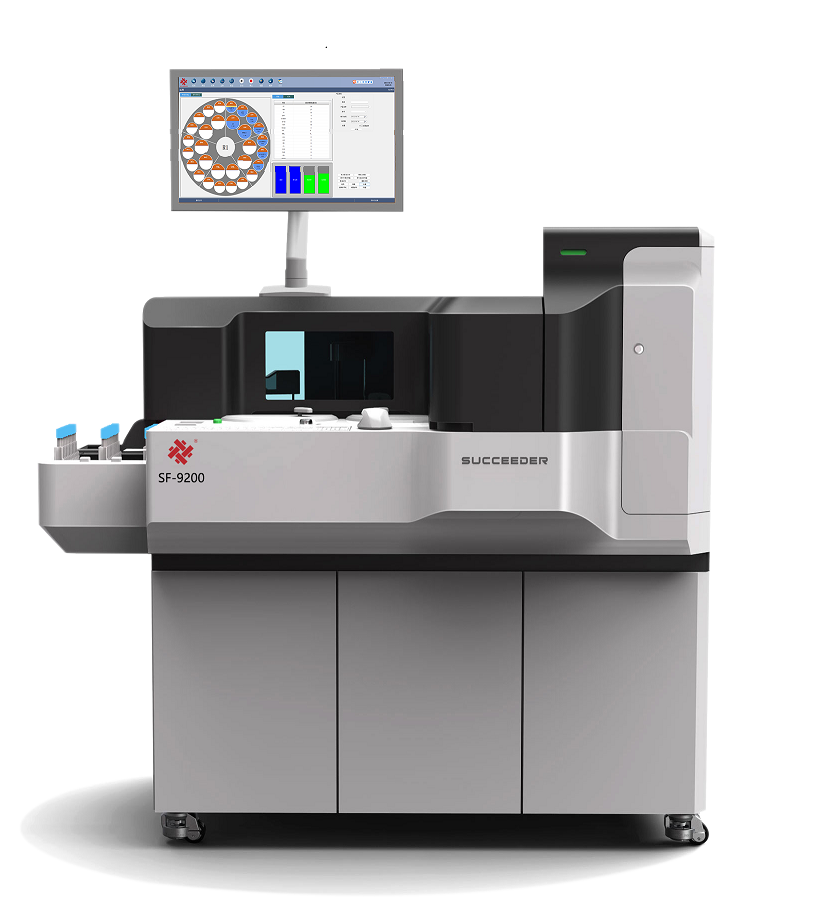Coagulation and clotting are terms that can sometimes be used interchangeably, but in specific medical and biological contexts, they have subtle differences.
1. Definitions
Coagulation: Refers to the process by which a liquid (usually blood) transforms into a solid or semi-solid state. This process involves the interaction of various components in the blood (such as platelets and clotting factors) to form a network, leading to increased viscosity of the liquid.
Clotting: Typically refers to a specific aspect of coagulation, particularly the process by which a blood clot (thrombus) forms when a blood vessel is damaged. Clotting is an essential mechanism for hemostasis, helping to prevent blood loss.
2. Processes
Coagulation Process: Involves multiple stages, such as vasoconstriction, activation and aggregation of platelets, and activation of clotting factors, ultimately leading to the formation of a stable clot.
Clotting Process: Focuses more on the aggregation of platelets and the cascade of clotting factors, ultimately forming a fibrin mesh that captures red blood cells and other components to create a blood clot.
3. Physiological Functions
Coagulation: Is part of the body's self-repair mechanism, helping to prevent fluid loss.
Clotting: Is a mechanism specific to wound repair, ensuring that a blood clot forms quickly to stop bleeding when injury occurs.
4. Clinical Significance
In clinical settings, doctors may use these two terms to describe different phenomena. For example, when discussing a certain disease or treatment, clotting may focus more on hematological disorders and thrombosis, while coagulation may involve a broader range of biochemical reactions and processes.
Summary
Although coagulation and clotting can be used interchangeably in everyday language, they refer to different processes and mechanisms in professional fields. Coagulation is a broader concept, while clotting is an important aspect of the coagulation process, especially in terms of hemostasis. Understanding the subtle differences between the two helps to better comprehend the related physiological and pathological processes.
Company Introduction
Beijing Succeeder Technology Inc. (Stock code: 688338), founded in 2003 and listed since 2020, is a leading manufacturer in coagulation diagnostics. We specialize in automated coagulation analyzers and reagents, ESR/HCT analyzers, and hemorheology analyzers. Our products are certified under ISO 13485 and CE, and we serve over 10,000 users worldwide.
Analyzer Introduction
Fully Automated Coagulation analyzer SF-9200 (https://www.succeeder.com/fully-automated-coagulation-analyzer-sf-9200-product) can be used for clinical test and pre-operative screening. Hospitals and medical scientific researchers also can use SF-9200. Which adopts coagulation and immunoturbidimetry, chromogenic method to test the clotting of plasma. The instrument shows that clotting measurement value is the clotting time (in seconds). If the test item is calibrated by calibration plasma, it can also display other related results.
The product is made of sampling probe movable unit, cleaning unit, cuvettes movable unit, heating and cooling unit, test unit, operation-displayed unit, LIS interface (used for printer and transfer date to Computer).
Technical and experienced staffs and analyzers of high quality and strict quality management are the guarantee of manufacture of SF-9200 and good quality. We guarantee each instrument inspected and tested strictly. SF-9200 meets China national standard, industry standard, enterprise standard and IEC standard.



 Business card
Business card Chinese WeChat
Chinese WeChat English WeChat
English WeChat